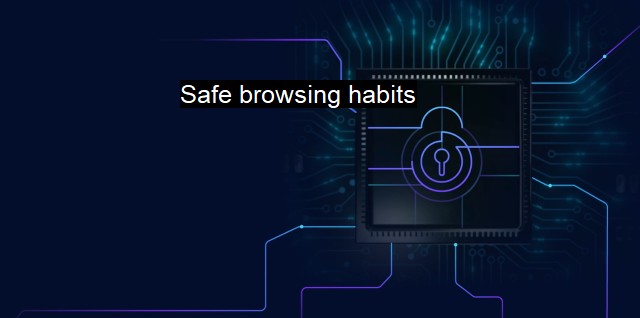Cyber Hygiene: Simple Practices to Stay Secure Online
In today’s interconnected world, maintaining robust cyber hygiene is no longer optional—it’s a necessity. Cyber hygiene refers to the everyday practices and measures that individuals and organizations can implement to ensure their devices, networks, and data remain secure from cyber threats. With the increasing prevalence of phishing scams, ransomware, and data breaches, staying vigilant and proactive online is more important than ever.
This blog dives deep into practical cyber hygiene practices that will help you safeguard your digital life and keep you secure online.
What is Cyber Hygiene and Why Does It Matter?
Cyber hygiene is akin to personal hygiene—it involves routine steps to maintain a healthy and secure digital environment. Good cyber hygiene reduces vulnerabilities, prevents unauthorized access, and minimizes the risk of data breaches. Whether you’re an individual user or part of an organization, adopting these habits is crucial to navigating today’s cyber threat landscape safely.
1. Use Strong and Unique Passwords

One of the most fundamental aspects of cyber hygiene is password security.
-
Avoid Reuse:
Reusing passwords across multiple accounts increases your vulnerability.
-
Create Strong Passwords:
Use a mix of uppercase, lowercase, numbers, and special characters. Aim for at least 12 characters.
- Leverage Password Managers: Tools like LastPass or Dashlane securely store and generate unique passwords for you.
2. Enable Multi-Factor Authentication (MFA)

MFA adds an additional layer of security by requiring multiple forms of verification.
-
Types of MFA:
Use SMS codes, email verification, or biometric authentication (fingerprint, facial recognition).
-
Applications:
Enable MFA for critical accounts such as email, banking, and social media.
3. Keep Software and Systems Updated
Cybercriminals often exploit vulnerabilities in outdated software.
-
Regular Updates:
Install updates and patches as soon as they are available.
-
Automate Updates:
Enable automatic updates on devices to avoid missing critical patches.
4. Be Wary of Phishing Scams
Phishing is one of the most common methods attackers use to steal personal information.
-
Recognize Red Flags:
Look for spelling errors, suspicious links, or unsolicited requests for sensitive information.
-
Verify Sources:
Contact the sender directly through official channels to confirm legitimacy.
5. Secure Your Network with a VPN

Using public Wi-Fi without precautions can expose you to cyber threats.
-
Virtual Private Network (VPN):
A VPN encrypts your internet connection, protecting your data from eavesdroppers.
-
Home Networks:
Change default router passwords and use WPA3 encryption for your Wi-Fi.
6. Backup Your Data Regularly
Data loss can happen due to cyberattacks, hardware failure, or accidental deletion.
-
Automate Backups:
Use cloud-based services or external drives for regular data backups.
-
Use Versioning:
Ensure your backup solution supports file versioning to restore previous versions.
7. Install Reliable Security Software
Antivirus and anti-malware tools are essential for identifying and neutralizing threats.
-
Real-Time Scanning:
Choose software that provides real-time protection against threats.
-
Ad Blockers: Use browser extensions to block ads and trackers, reducing exposure to malicious sites.
8. Practice Safe Browsing Habits

-
Use HTTPS Websites:
Ensure websites you visit use secure protocols.
-
Avoid Unknown Downloads:
Download software only from trusted sources.
9. Educate Yourself and Stay Informed
The cyber landscape is constantly evolving, and staying informed is key.
-
Regular Training:
Participate in cybersecurity workshops or webinars.
-
Follow Trusted Sources:
Keep up with blogs and updates from cybersecurity experts.
10. Monitor Accounts and Devices Regularly
Regular monitoring helps you catch anomalies early.
-
Check Bank Statements:
Look for unauthorized transactions.
-
Review Account Activity:
Many services allow you to view recent login activity.
Conclusion
Cyber hygiene is your first line of defense in an increasingly digitized world. By incorporating these practices into your routine, you can greatly reduce the risk of falling victim to cyberattacks. Remember, cybersecurity is not a one-time effort but an ongoing commitment. Take charge of your digital safety today, and encourage others to do the same.


